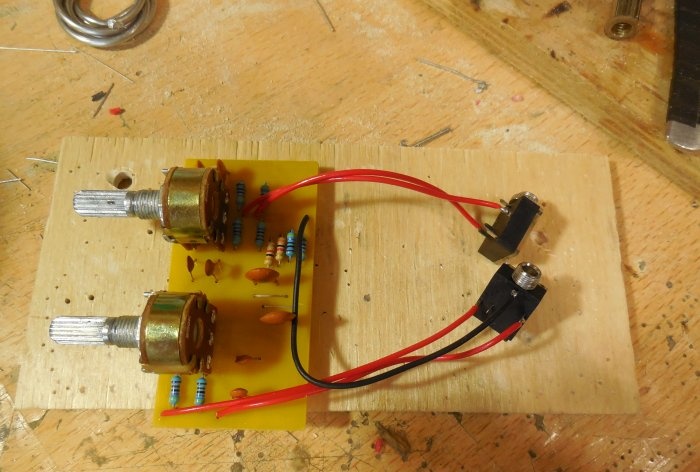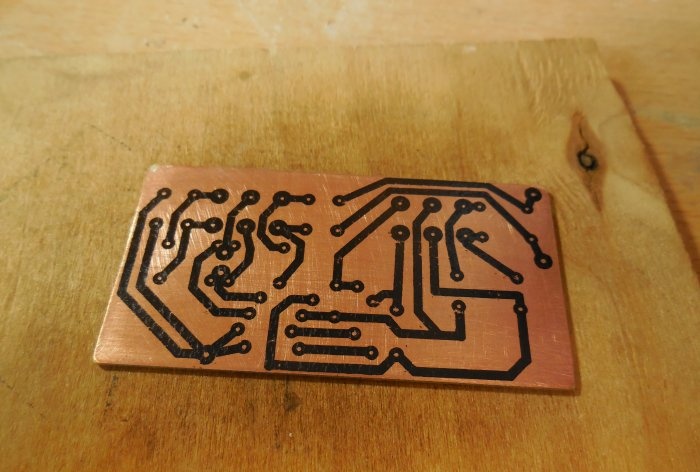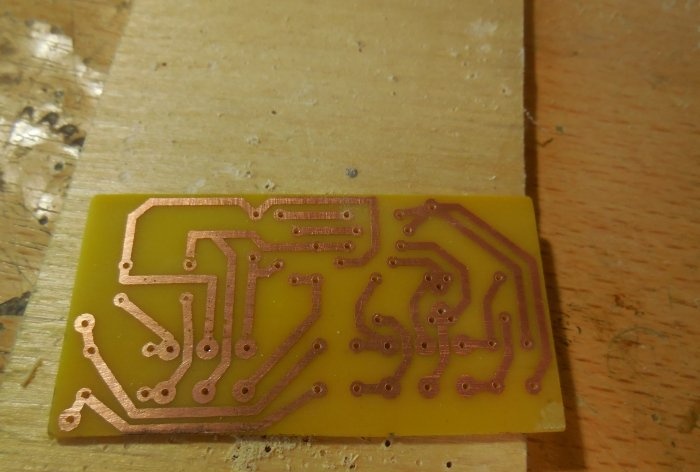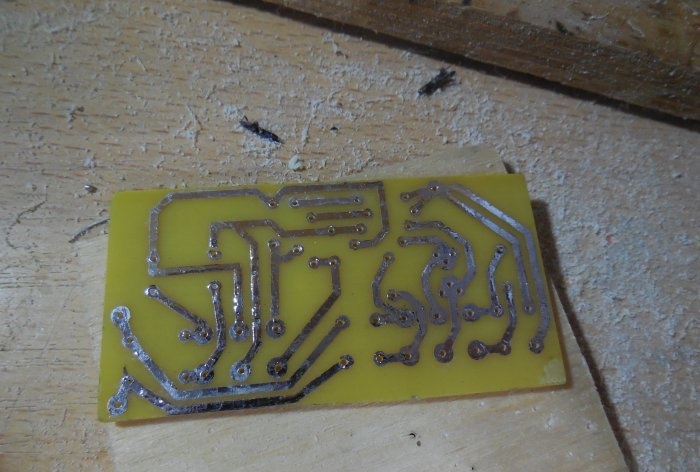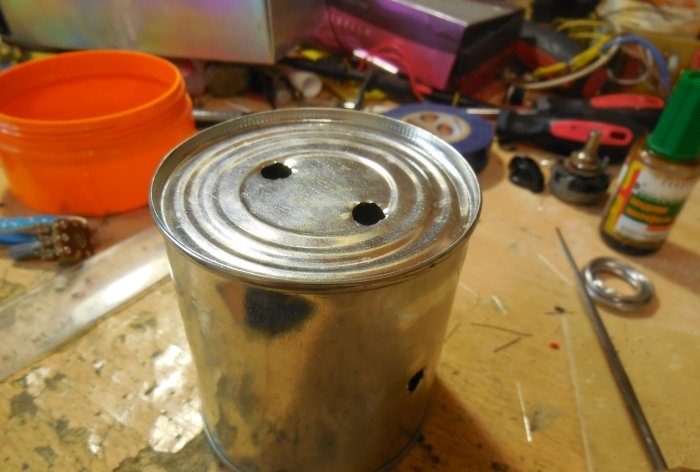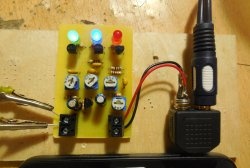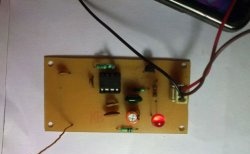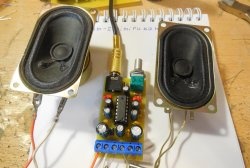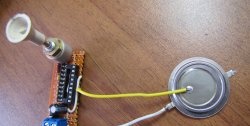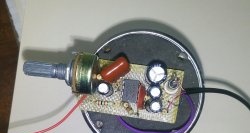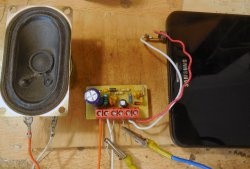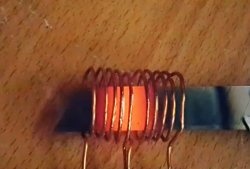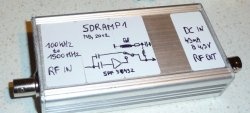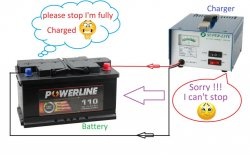Many modern audio systems, be it a stereo system, a home theater, or even a portable speaker for a telephone, have an equalizer, or, in other words, a tone block. With its help, you can adjust the frequency response of the signal, i.e. change the amount of high or low frequencies in the signal. There are active tone blocks, built, most often, on microcircuits. They require power, but do not weaken the signal level. Another type of tone blocks are passive; they slightly weaken the overall signal level, but do not require power and do not introduce any additional distortion into the signal. That is why in high-quality sound equipment, passive tone blocks are most often used. In this article we will look at how to make a simple 2-way tone block. It can be combined with a homemade amplifier, or used as a separate device.
Tone block circuit
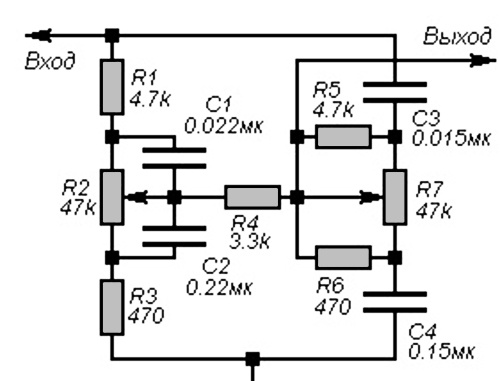
The circuit contains only passive elements (capacitors, resistors). Two variable resistors are used to adjust the level of high and low frequencies. It is advisable to use film capacitors, however, if you don’t have any at hand, ceramic ones will also do.For each channel you need to assemble one such circuit, and in order for the adjustment to be the same in both channels, use dual variable resistors. The printed circuit board posted in this article already contains this circuit in duplicate, i.e. has input for both left and right channels.
Download the board:Making a tone block
The circuit does not contain active components, so it can easily be soldered by surface mounting directly at the terminals of the variable resistors. If you wish, you can solder the circuit on a printed circuit board, as I did. A few photos of the process:After assembly, you can check the operation of the circuit. A signal is supplied to the input, for example, from a player, computer or phone, the output of the circuit is connected to the input of the amplifier. By rotating variable resistors you can adjust the level of low and high frequencies in the signal. Don’t be surprised if in extreme positions the sound is “not very good” - a signal with completely weakened low frequencies, or, conversely, too high, is unlikely to be pleasant to the ear. Using a tone block, you can compensate for uneven frequency response of an amplifier or speakers, and select the sound to suit your taste.
Case manufacturing
The finished tone block circuit must be placed in a shielded case, otherwise the background cannot be avoided. You can use a regular tin can as a body. Bring the variable resistors out and put handles on them. Be sure to install jack 3.5 connectors at the edges of the can for audio input and output.
The can itself should be connected to the minus of the circuit to create a protective screen, then the signal wire will not pick up external interference.The case can be plastic, but in this case it must be covered from the inside with aluminum tape, which is also connected to the negative of the circuit.
